The most important elements in the system: heating pipes. Which are better for a private house?
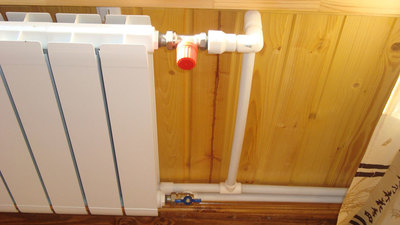
The installation of the boiler and the laying of the heating mains of the house are determined at the design stage. At the same time, the size and material of the pipes are selected.
Incorrect selection will lead to inconvenience. Metal pipes need to be painted every season. And polypropylene ones are difficult to repair.
Content
Types and features of heating systems in a private house
Heating of a private house is carried out using water, air or electricity.
Electric
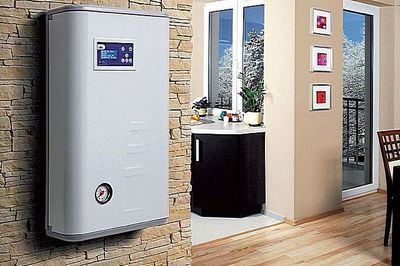
It is installed in the house electric boiler, which heats the water and distributes it throughout the rooms.
Another option such a system: convectors or radiators are installed in each room. They heat the cold air, filling the house with warmth.
Pros method:
- Safety. If everything is installed and working correctly, the risk of threat to life and health is minimal.
- Low acquisition costs. There is no need to pay for laying gas pipes, installation, or project preparation.
- Low noise level, environmental friendliness.
- No additional work. Such a system does not require a thorough analysis every season: replacement of failed fans, sensors, frequent technical inspection.
Cons:
- Instability during voltage surges. If the lights go out, the heating also goes out. An autonomous generator solves the problem. But it is expensive.
- High cost. Electricity costs are higher than gas heating costs.
Important! For electric heating The walls of the house need to be insulated. This will reduce heat loss and, therefore, electricity consumption for heating.
Air
The method involves the installation of three components: a heat generator that heats the air, air ducts that supply heat to the rooms, and a fan that distributes the warm air.
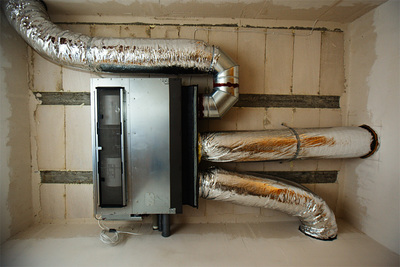
Scheme of work: the air is heated by a fan in the heat exchanger, and from there it is supplied to the rooms through heating mains.
Solar heating, which are installed on the roof of the house, one of the varieties of air heating systems.
Advantages heating with hot air:
- no additional costs for the purchase of radiators, pipes;
- for heating rooms are leaving less time;
- efficiency energy transmission 90%;
- integrates with the system climate control in the house.
Flaws:
- ready-made system it is impossible to redo;
- will have to be purchased additional power supplyso that the heating works even if there is no electricity;
- planned at the design stage.
Water
For such a system you will need a boiler, pipes, radiators. Operating principle: heated water from the boiler moves along the lines to the batteries and returns back to the boiler for heating.
Creation of water heating provides for the presence in the house of:
- boiler rooms;
- boiler installation (if hot water is not centralized);
- ventilation systems.
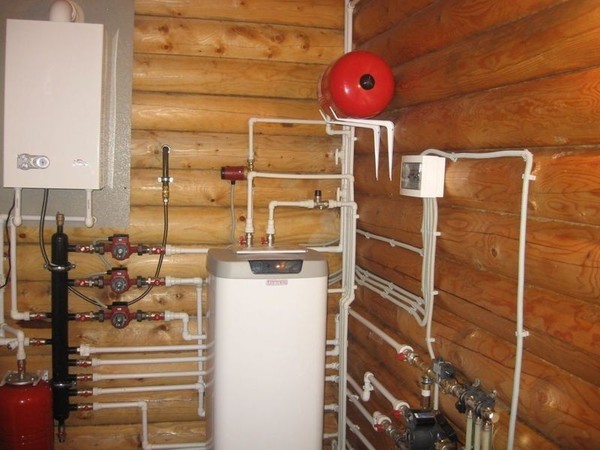
Photo 1. Water heating system in a private house. A boiler is used as a heating source.
Advantages water heating:
- supported all the time optimal pressure level;
- batteries don't take up much space.
Flaws:
- hot radiators - cause of burns;
- house heats up slowly;
- hard water is the reason cracking pipes, leaks liquids.
Water heating is divided into:
- Single pipe. In such a system, the same pipe both brings warm water to the radiators and removes cold water. This option is not very convenient, because a large temperature difference is formed in the batteries.
- Two-pipe. In it, one pipe supplies heat, and the other takes cold water. The pipes themselves are located in parallel. This achieves the same temperature in the radiators.
Open
The water, when heated, gets into an open expansion tank, which is usually installed in the attic. Then the liquid cooled in the tank returns to the cycle. If you do not use heating in the winter, you need to drain all the liquid and insulate the tank. An open system is easy to install. It works quietly. If the power is turned off, the house will still be warm. But because the expansion tank is open, the water evaporates.
Closed
Water with this method of heating goes through a cycle with the help of a pump. The tank is closed; it is located in any room of the house. With such a system, the heat level in the room is controlled independently. Minus - requires constant electricity to operate.
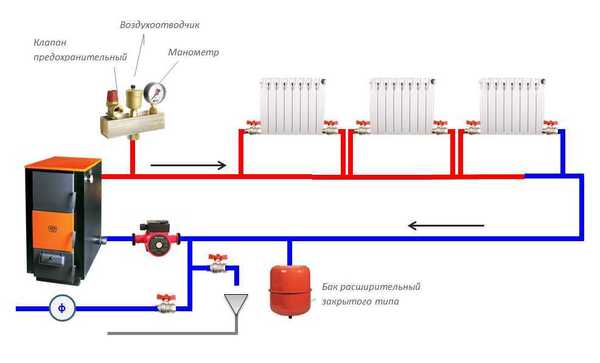
Photo 2. Closed heating system diagram. The hot coolant is shown in red, the cold one in blue.
What determines the choice of heating pipes
If the house has its own communications, the choice of pipes will determine whether the residents will freeze in the winter.
- Heating system type
For each system, its own pipes are selected. For an open system, they choose wider. There are specific requirements for their installation. For closed ones, they select narrow.
- Purpose
For any type of installation of heating mains you need corresponding to the conditions pipes.
- Material and diameter
Each diameter has its own thermal conductivity. A lot also depends on the material from which the heating main is made.
What materials can be used?
All materials can be divided into: plastic and metal.
The first made of cross-linked polyethylene, or polypropylene, or metal-plastic.
Second — made of steel, iron or copper.
Reference. Metal and polymer pipes easy to combineIt is necessary to select and connect them correctly.
Copper
They are different durability and reliability.
Advantages:
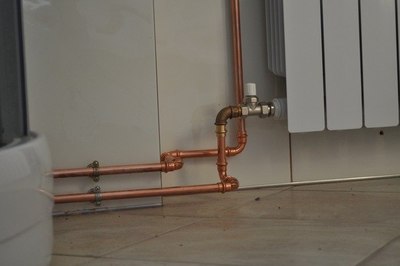
- Ease.
- Strength.
- Withstand high temperatures.
- The pipe bends when heated.
- No additional fasteners are required.
- Inexpensive parts for connection.
- High thermal conductivity.
- If the water contains a minimum of impurities - a heating main will last a century.
Cons:
- Takes a long time to install.
- It's heavy. It won't be cheap to transport.
- Susceptible to corrosion. Hidden in the wall, they deteriorate.
- They quickly lose heat if the rooms are cold.
- The roughness of metal surfaces is an excellent environment for the formation of oxidation.
- High cost.
Metal-plastic
Made of plastic with a thin aluminum layer inside.
Pros:
- Inexpensive.
- Easy to clean.
- They hide in the walls.
- The plastic is smooth and rarely forms deposits in the pipe.
- Lightweight - you can bring it yourself.
- They serve 20 years and more.

Photo 3. Metal-plastic pipes for the heating system. The central part of the products contains an aluminum layer.
Flaws:
- If there is a breakdown in a heating main, a separate section cannot be removed. The section between two fittings is extracted.
- Do not bend when heated. If an angle is needed, special parts are used: fittings.
- It is difficult to connect them together.
- Additional wall mountings are required.
- If you turn off the heating in winter, the pipes will crack.
Made of cross-linked polyethylene
Modern and high-tech.
Advantages:
- Durable. Serves from half a century and more.
- Inexpensive. Both the price and delivery will not hit your budget.
- Unique property: when hot liquid hits it, the pipe bends and then returns to its place.
- Easy to assemble. Additional parts are simple and accessible.
- Smooth inside, do not accumulate mineral deposits.
- High density.
- Ideal for hiding in walls.
- Withstand temperature loads at 90 °C.

Photo 4. Cross-linked polyethylene pipes for heating systems. Often used for installing heated floors.
No defects found.
Steel
Made from steel using two different technologies:
- sewn from a sheet;
- use special equipment.
Pros:
- Tightness.
- They are inexpensive.
Cons:
- Due to high electrical conductivity, they are not suitable for electric boilers.
- Subject to destruction over time.
- Heaviness. Difficult to deliver and pack by yourself.
Polypropylene
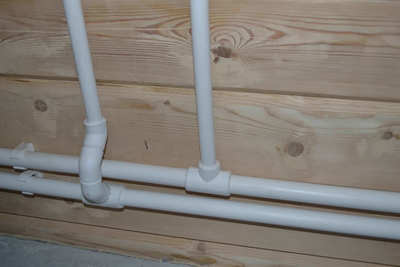
Inexpensive and great for heating a private home.
Advantages:
- Long service life (from 30 years old).
- Easy to install into the wall.
- When used in a country house with seasonal living, they will not freeze when the heat is turned off.
The disadvantages are similar to those of metal-plastic: additional fasteners, fittings, impossibility of repairing a separate section.
What diameter is suitable?
Once the heating scheme and material have been decided upon, the required diameter is selected.
The pipes have both interior, and O.D.. Metal-plastic and copper pipes are selected based on their external dimensions, while cast iron and steel pipes are selected based on their internal dimensions.
Counting criteria
To understand what diameter pipes are needed, pay attention to the thermal load.

To keep the room warm, this is suitable 100 W of heat per 1 sq. mThis condition is feasible if the ceiling height no higher than 3 meters.
To understand what diameter to choose, you need a calculator and knowledge of thermal load standards for different sizes.
So, for the room 30 sq. m. will be required 3 kW heat (the volume of the room is multiplied by the required 100 W), more 600 W — as a reserve. This means that we need batteries with a capacity of 3.6 kW. This two radiator on 1.8 kW or one big.
Norms
Each pipe diameter is calculated for a certain heat flowIf the diameter is higher or lower than the permissible value, the heating system will work poorly.
Table of heat flow values for internal diameters. The speed of water movement inside the heating main is taken as the norm 0.4-0.6 m/s.
| Diameter, mm | At a speed of 0.4 m/s | 0.5 m/s | 0.6 m/s |
| 8 | 1635 | 2044 | 2453 |
| 10 | 2555 | 3193 | 3832 |
| 12 | 3679 | 4598 | 5518 |
| 15 | 5748 | 7185 | 8622 |
| 20 | 10219 | 12774 | 15328 |
| 25 | 15967 | 19959 | 23950 |
| 32 | 26160 | 32700 | 39240 |
| 40 | 40875 | 51094 | 61313 |
| 50 | 63868 | 79835 | 95802 |
| 70 | 125181 | 156476 | 187771 |
| 100 | 255471 | 319338 | 383206 |
To heat the room in 30 sq. m. a heating main with an internal diameter is needed 10 mm.
Useful video
Watch the video, which tells you which pipes to choose for the heating system in a private house.
How to Choose the Best Pipes
Selection characteristics pipes for a private house:
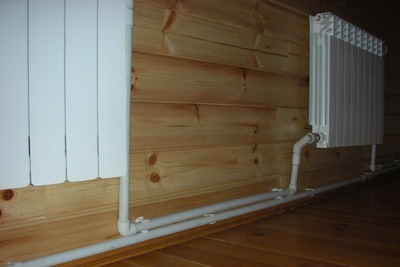
- type of heating system;
- house size;
- seasonality of living in it;
- the ability to install it yourself or contact specialists;
- the diameter of the pipes and the power of the heat flow in them.
The most durable pipes - copperBut they are expensive and require maintenance.
It's best to choose reliable and budget-friendly metal-plastic.







Comments